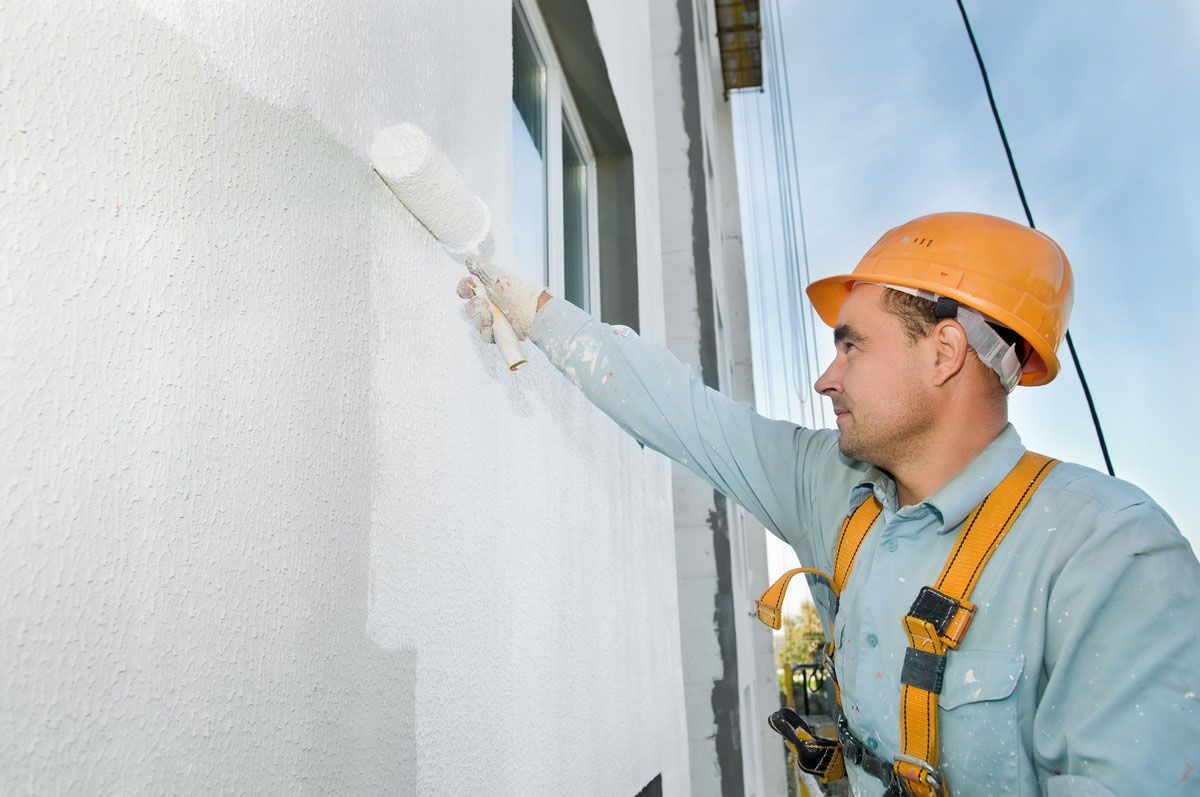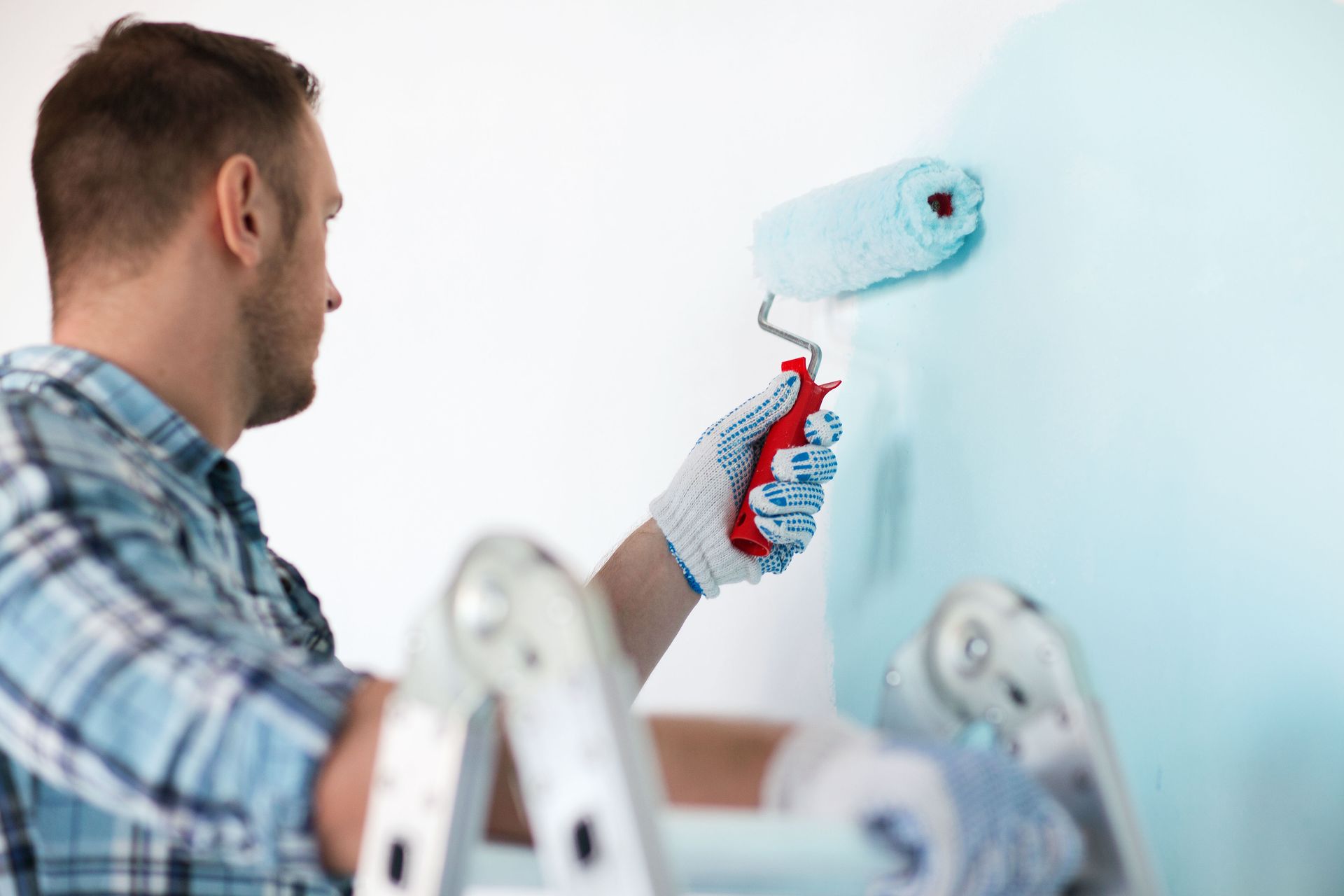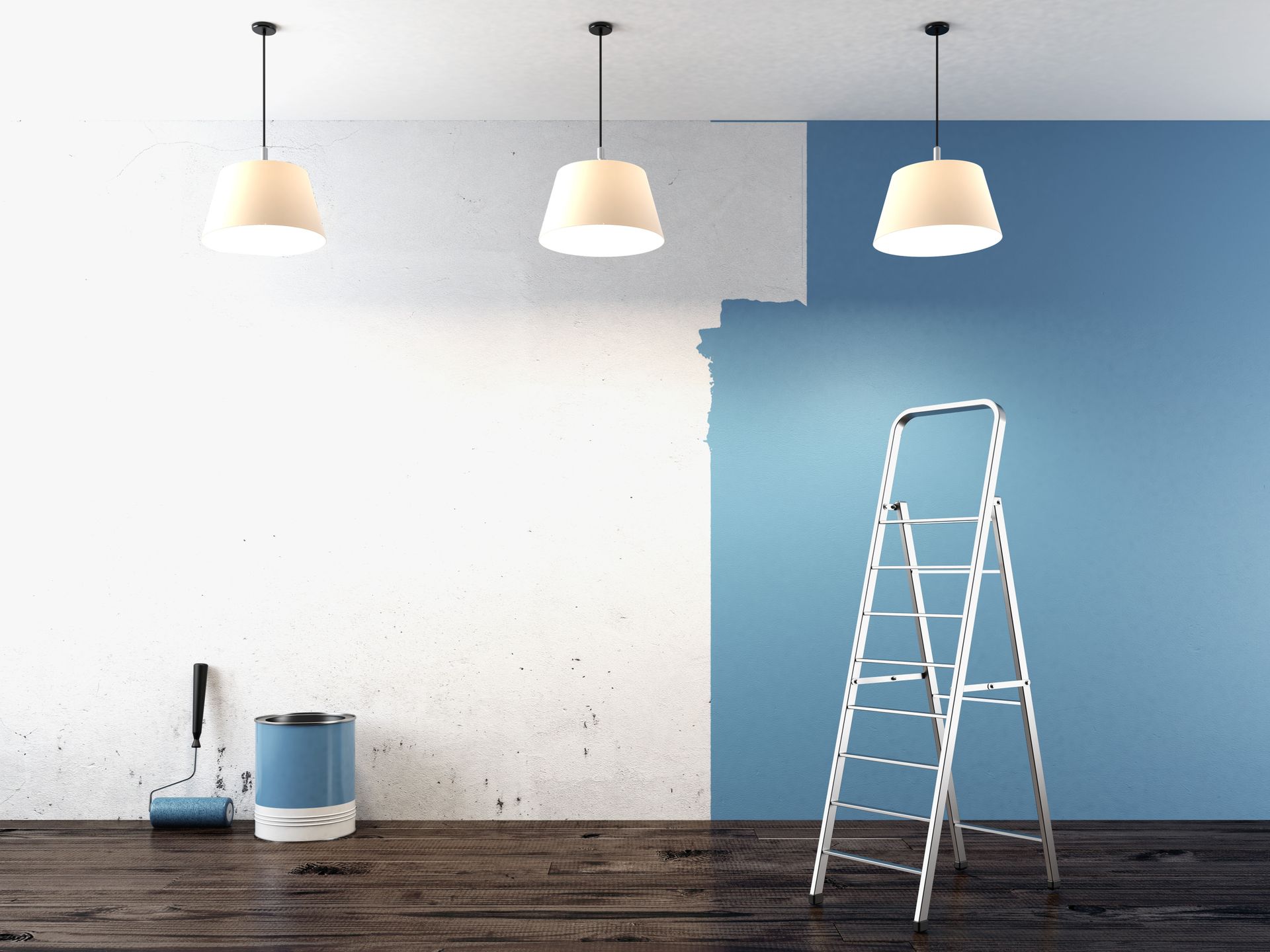Seasonal Painting Tips: When Is the Best Time to Paint Your Home?
Painting your home's exterior is an essential task for maintaining its aesthetic appeal and structural integrity. However, timing is everything when it comes to achieving a perfect paint job that lasts. If you're wondering about the right season to freshen up your home with a new coat of paint, this guide is for you. We’ll delve into various seasonal influences, providing insights to help you make an informed decision. Understanding how weather impacts drying time and paint durability is key to achieving professional results. As house painting contractors know, choosing the optimal season can also help reduce labor time and ensure your efforts aren’t wasted.
Spring: Ideal Temperatures and Longer Days for Painting
Spring, with its gentle sunshine and mild temperatures, often presents an ideal opportunity for painting. The steady climate means that paint can cure correctly without the extreme effects of cold or heat. Additionally, spring's longer daylight hours afford more time to work on your home’s exterior. However, it's essential to be cautious of early spring rains, which could disrupt your painting schedule or affect the paint's application. To maximize success, keep an eye on the weekly forecast and avoid painting during or just after rain. Also, listen to professional house painting contractors when they say to allow adequate drying time between coats to prevent moisture from getting trapped.
Summer: Dry Weather and Long Days with Heat Considerations
As spring transitions into summer, many find this to be an equally favorable time for tackling exterior paint projects. Summer offers dependable, longer days and typically drier weather, which minimizes the chances of interruption from rain. However, it is crucial to be wary of excessively hot days, as intense heat can cause some paints to dry too quickly, leading to an uneven finish. Choosing a moderate early summer day could be your best bet to ensure an ideal outcome. Plan to paint during the early morning or late afternoon to avoid the hottest part of the day. Using paints formulated for high temperatures can also help mitigate rapid drying.
Fall: Cool, Stable Conditions with a Narrow Painting Window
In contrast, fall can also be a suitable time for painting, often offering stable temperatures that allow for consistent paint drying times. As the weather cools, the chances of extreme heat effects decrease, promoting a durable finish. Yet, as winter approaches, the window for optimal painting weather closes, and the fluctuating temperatures can create challenges in predicting the best days to paint. House painting contractors recommend completing your painting project before the first frost, which can compromise paint adhesion. Be mindful that late fall can bring unexpected cold snaps that may shorten your available work time.
Winter: High Risk Due to Cold and Moisture
Winter, particularly in colder areas, is generally not recommended for exterior painting due to low temperatures and precipitation, which can hinder the drying process. According to Improovy, the average house exterior takes three to four days to paint, so having reliable weather is crucial. If you live in a region with mild winters, you may be able to sneak in a paint project during a warm spell, but always consult weather forecasts to avoid any unpleasant surprises. Be cautious of daytime temperatures that dip too low at night, as this can negatively affect curing. When painting in borderline conditions, house painting contractors recommend always using paint rated for cold-weather application.
Humidity: A Key Factor That Can Compromise Results
One critical consideration when planning your painting project is to avoid seasons of high humidity. High humidity levels can extend the drying time of paint and increase the risk of paint not adhering properly. Thus, regions with heavy summer moisture or fall rains often pose these challenges, which might delay your project or affect the quality of the finish. Monitoring weather patterns in advance can help ensure that you choose a period with low humidity, guaranteeing an effective painting process. A digital hygrometer can help track humidity levels before and during your painting days. Choosing paint with mold- and mildew-resistant properties can also offer added protection in humid environments.
According to many house painting contractors, the best time to paint your home largely depends on your local climate and seasonal weather patterns. Generally, spring and early summer provide the most favorable conditions across many regions, offering the perfect balance of temperature and daylight. Nevertheless, always stay informed of specific weather forecasts and local climate trends to pinpoint the ideal painting window for your home. By choosing the right season and planning accordingly, you can ensure a successful and lasting home transformation. Remember, the right preparation is just as important as the paint itself when it comes to achieving a flawless finish. Contact A Able Painting Company for home painting services.





